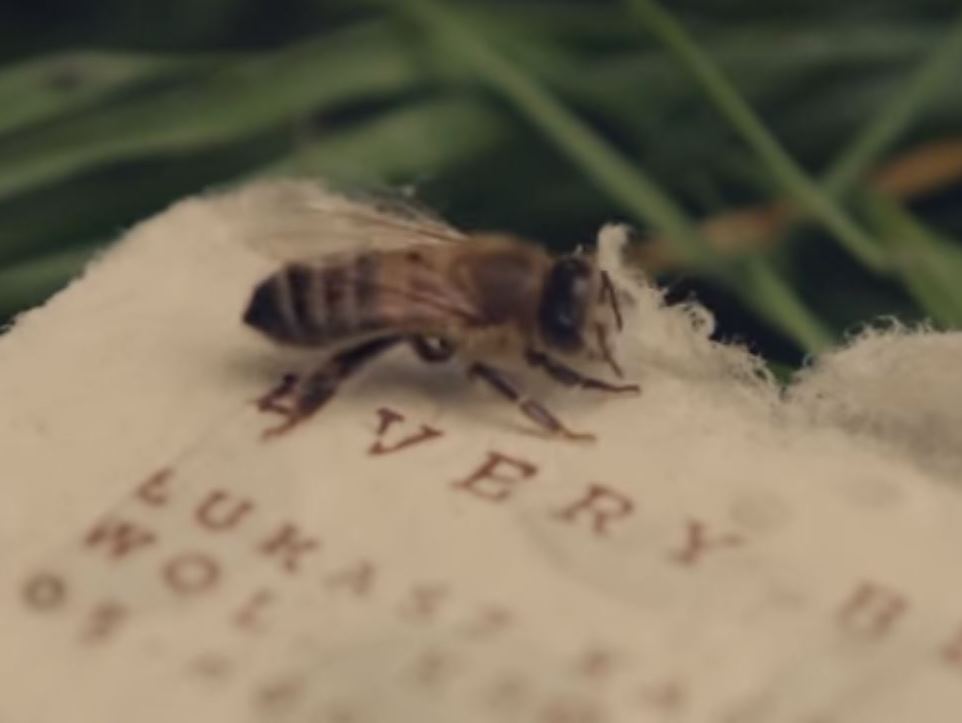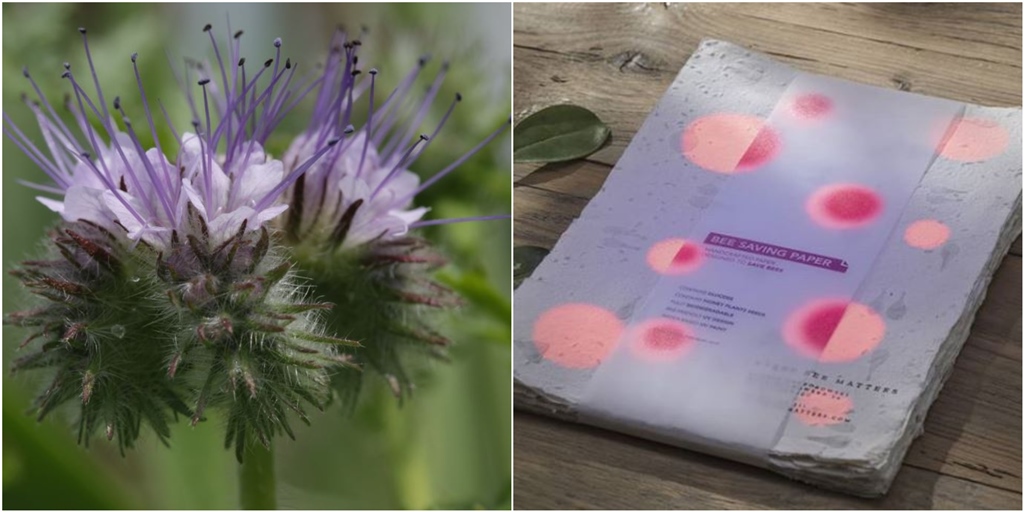Insect species, including bees and butterflies, have been dying too quickly over the past decades. An unprecedented idea of helping bees to survive was born in a small Polish manufactory. Recycled paper supplies bees and butterflies with food, saving them from extinction.
The owner of the manufactory, Malgorzata Lasock, worked on the project for months with the Polish initiative Bee Saving Paper. In a small town of Kobylka near Warsaw, the “edible paper for bees” was created after nine months of experimentation.
How Does It Work
The biodegradable product consists of seeds of a honey plant Lacy Phacelia and glucose, which can supply a large amount of energy to insect pollinators. Glucose attracts bees, but at the same time does not make the paper sticky. Creators of the project exaggerate call the paper as an energy drink.

The design in the form of circles painted in UV color is designed to attract bees. Bees see that as a meadow full of pollen and nectar.
“We can lay the paper on the ground, on the grass, anywhere else in the garden, or in a completely different place. We can be sure that after six weeks, the Lacy Phacelia will start to bloom and nourish the flying bees in the vicinity,” Lasock told to Reuters
Double Effect
The unique invention helps twice: As we have already mentioned, paper provides food to pollinators. Secondly, the bees take away the seeds from the vulture leaf that is scattered over the entire surface of the paper. Insects scatter them, and over time they will grow into other plants of Lacy Phaselia. Bees will not have to fly for food long distances and exhaust themselves.

“We know that our product will not solve the global problem of declining bee populations. But we hope that at least people will realize how important bees are to them, “says Anna Gadecka and Tomasz Bujok of the City Bees project, who, together with Lasocka, are behind the Bee Saving Paper initiative. City Bees was established in 2014 and focuses mainly on supporting bee farming in cities.
Source: beesavingpaper.com
Credit: flickr.com, beesavingpaper.com




